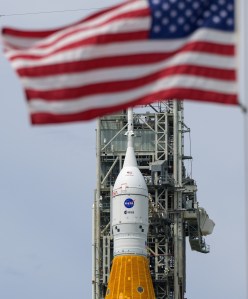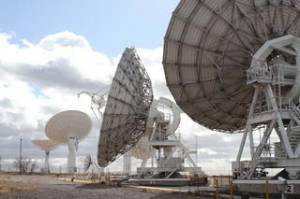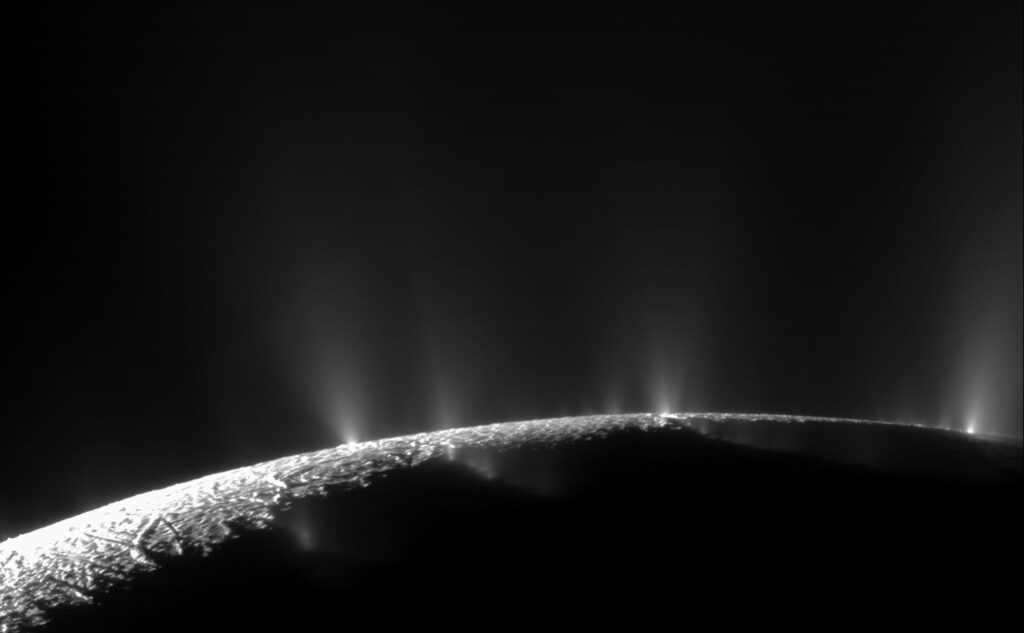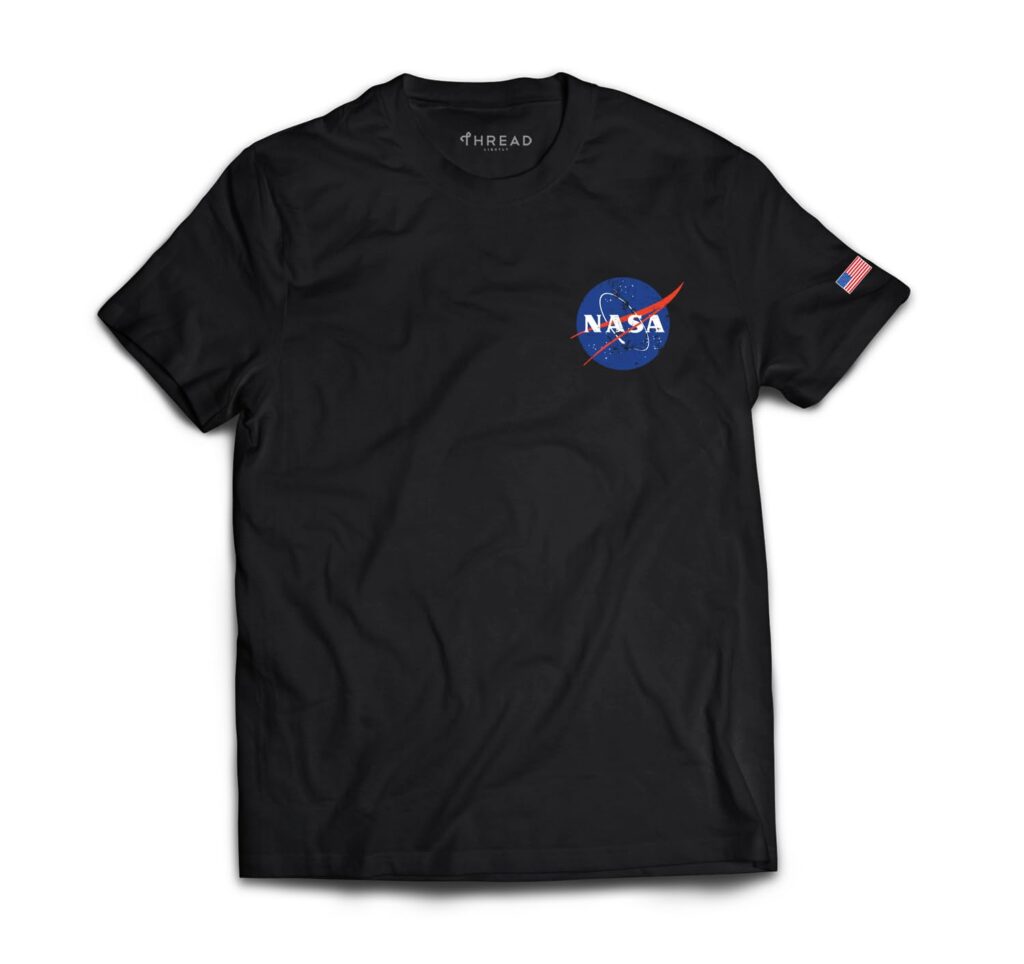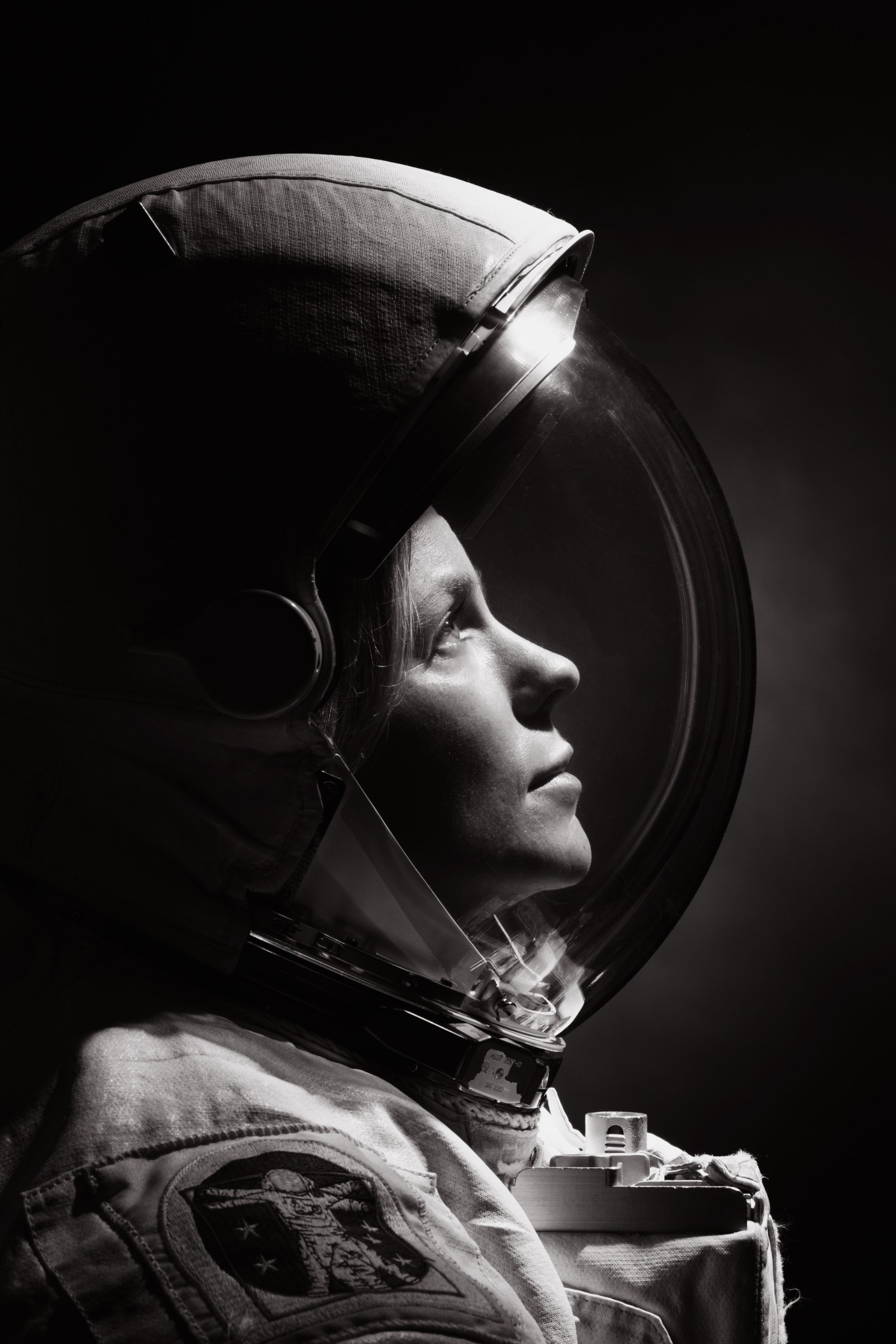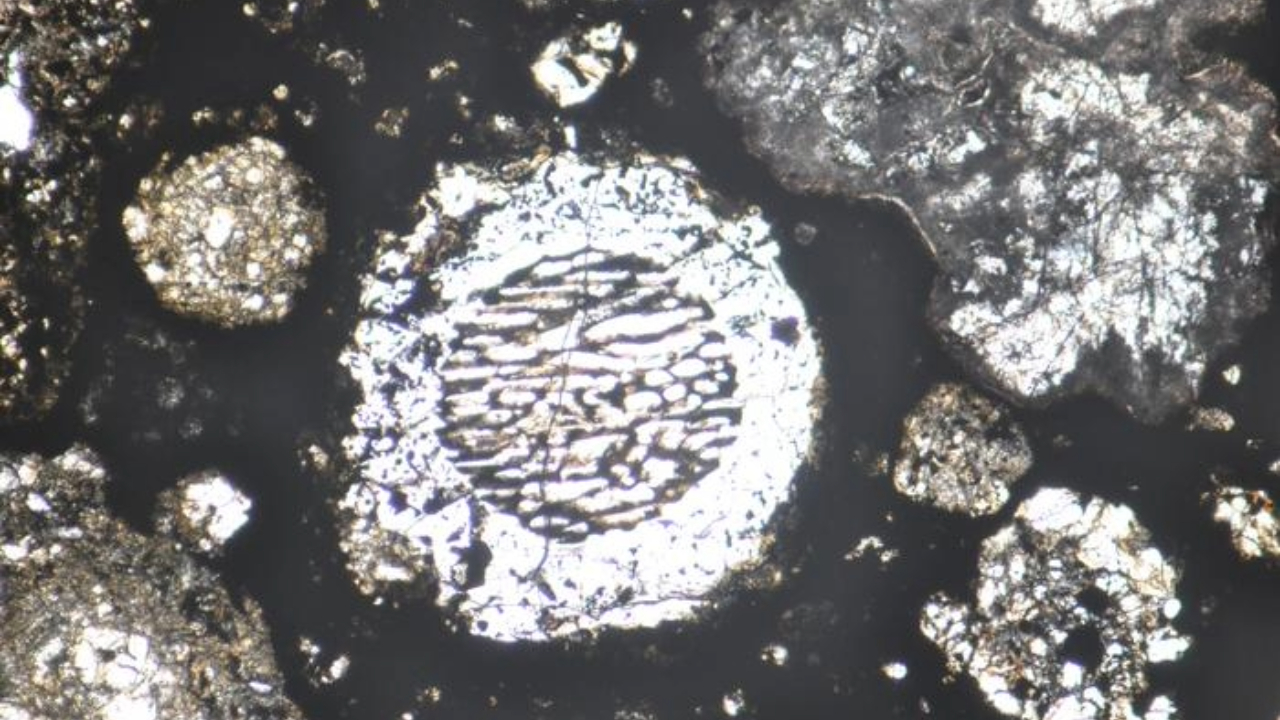Now Reading: NASA Seeks Volunteers to Track Artemis II Mission
-
01
NASA Seeks Volunteers to Track Artemis II Mission
NASA Seeks Volunteers to Track Artemis II Mission

NASA Seeks Volunteers to Track Artemis II Mission
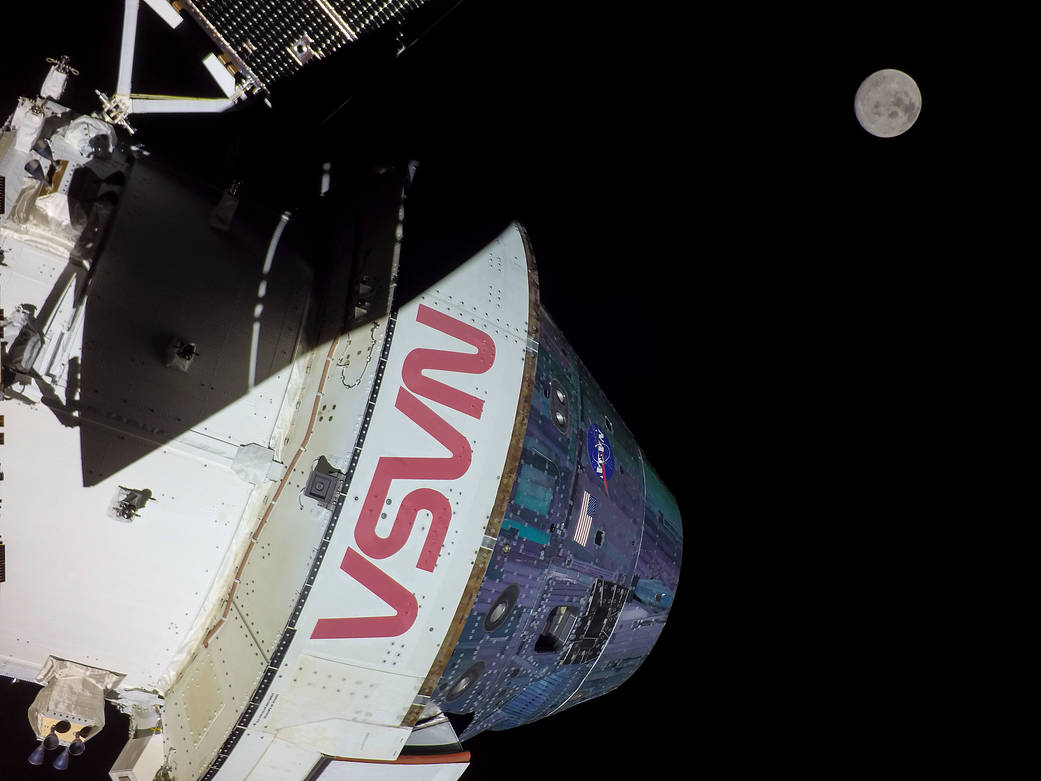
NASA
NASA seeks volunteers to passively track the Artemis II Orion spacecraft as the crewed mission travels to the Moon and back to Earth.
The Artemis II test flight, a launch of the agency’s SLS (Space Launch System) rocket and Orion spacecraft, will send NASA astronauts Reid Wiseman, Victor Glover, and Christina Koch, along with CSA (Canadian Space Agency) astronaut Jeremy Hansen, on an approximately 10-day mission around the Moon.
The mission, targeted for no later than April 2026, will rely on NASA’s Near Space Network and Deep Space Network for primary communications and tracking support throughout its launch, orbit, and reentry. However, with a growing focus on commercialization, NASA wants to further understand industry’s tracking capabilities.
This collaboration opportunity builds upon a previous request released by NASA’s SCaN (Space Communication and Navigation) Program during the Artemis I mission, where ten volunteers successfully tracked the uncrewed Orion spacecraft in 2022 on its journey thousands of miles beyond the Moon and back.
During the Artemis I mission, participants – ranging from international space agencies, academic institutions, commercial companies, nonprofits, and private citizens – attempted to receive Orion’s signal and use their respective ground antennas to track and measure changes in the radio waves transmitted by Orion.
This data will help inform our transition to a commercial-first approach, ultimately strengthening the infrastructure needed to support long-term Moon to Mars objectives.

Kevin Coggins
Deputy Associate Administrator for SCaN
“By offering this opportunity to the broader aerospace community, we can identify available tracking capabilities outside the government,” said Kevin Coggins, NASA’s deputy associate administrator for SCaN at NASA Headquarters in Washington. “This data will help inform our transition to a commercial-first approach, ultimately strengthening the infrastructure needed to support Artemis missions and our long-term Moon to Mars objectives.”
Responses are due by 5 p.m. EDT on Monday, Oct. 27.
NASA’s SCaN Program serves as the management office for the agency’s space communications and navigation systems. More than 100 NASA and non-NASA missions rely on SCaN’s two networks, the Near Space Network and the Deep Space Network, to support astronauts aboard the International Space Station and future Artemis missions, monitor Earth’s weather, support lunar exploration, and uncover the solar system and beyond.
Artemis II will help confirm the systems and hardware needed for human deep space exploration. This mission is the first crewed flight under NASA’s Artemis campaign and is another step toward new U.S.-crewed missions on the Moon’s surface that will help the agency prepare to send American astronauts to Mars.
Share
Details
Related Terms
Stay Informed With the Latest & Most Important News
Previous Post
Next Post
-
 012024 in Review: Highlights from NASA in Silicon Valley
012024 in Review: Highlights from NASA in Silicon Valley -
 02Panasonic Leica Summilux DG 15mm f/1.7 ASPH review
02Panasonic Leica Summilux DG 15mm f/1.7 ASPH review -
 03How New NASA, India Earth Satellite NISAR Will See Earth
03How New NASA, India Earth Satellite NISAR Will See Earth -
 04And Thus Begins A New Year For Life On Earth
04And Thus Begins A New Year For Life On Earth -
 05Astronomy Activation Ambassadors: A New Era
05Astronomy Activation Ambassadors: A New Era -
06SpaceX launch surge helps set new global launch record in 2024
-
 07Space Force plans new ‘Futures Command’ amid pressure to speed up modernization
07Space Force plans new ‘Futures Command’ amid pressure to speed up modernization


